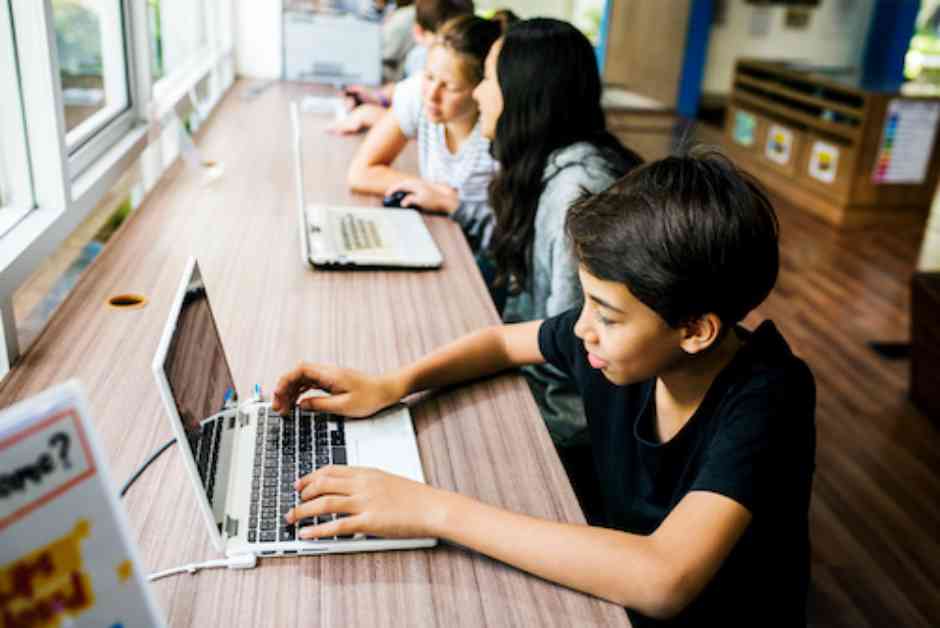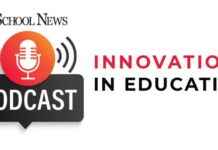In the realm of modern education, the integration of technology has become a pivotal component in enhancing the overall classroom experience. By incorporating educational technology, educators have access to a myriad of dynamic tools that not only enrich learning but also prepare students with essential digital skills for the future. The significance of technology in the classroom cannot be understated, as it fosters collaboration, improves efficiency, and creates a more engaging and personalized learning environment.
The positive effects of utilizing technology in the classroom are multifaceted and impactful. One of the key benefits is the significant increase in student engagement. Interactive tools, such as educational apps and multimedia presentations, capture students’ attention, making lessons more dynamic and enjoyable. This heightened engagement often leads to improved retention of information and a deeper understanding of complex concepts.
Moreover, personalized learning is a critical advantage of integrating technology. Adaptive learning platforms allow educators to tailor lessons to meet individual student needs, enabling them to progress at their own pace. This tailored approach supports learners who may require additional assistance, as well as those ready to advance more quickly.
Furthermore, technology provides students with access to a wealth of resources. This access allows students to explore a diverse range of information online, from scholarly articles to instructional videos, which fosters independent research skills and critical thinking. The availability of these resources expands learning beyond the confines of traditional textbooks.
Additionally, technology enhances collaboration among students. Digital platforms facilitate group work, enabling students to communicate and share ideas seamlessly, whether in-person or remotely. This collaborative environment promotes teamwork and helps develop essential interpersonal skills.
Lastly, technology improves efficiency for educators by streamlining administrative tasks such as grading, attendance tracking, and lesson planning. This efficiency allows teachers to focus more on instruction and student interaction, ultimately creating a more effective learning environment.
In conclusion, the integration of technology in the classroom offers numerous benefits that enhance the educational experience for both educators and students. By staying up to date on the latest in education technology and strategically incorporating these tools into lesson plans, educators can create a dynamic, inclusive, and effective learning environment that prepares students for success in an increasingly digital world.







